Wave period is a critical aspect of ocean waves, particularly for surfers. It refers to the time it takes for a wave to complete one full cycle, from crest to crest or trough to trough. The wave period is a crucial factor in determining the speed, size, and power of ocean waves, which can have a significant impact on surf conditions.
The wave period, which is typically measured in seconds, usually ranges from 5 to 25 seconds. The swell period is inversely proportional to the frequency of the wave. The frequency of an ocean wave like any other wave type (sound, light, electromagnetic…) is the number of complete cycles that occur in a given time, typically measured in hertz (Hz).
Therefore, the longer the wave period, the lower the frequency of the wave, and vice versa.
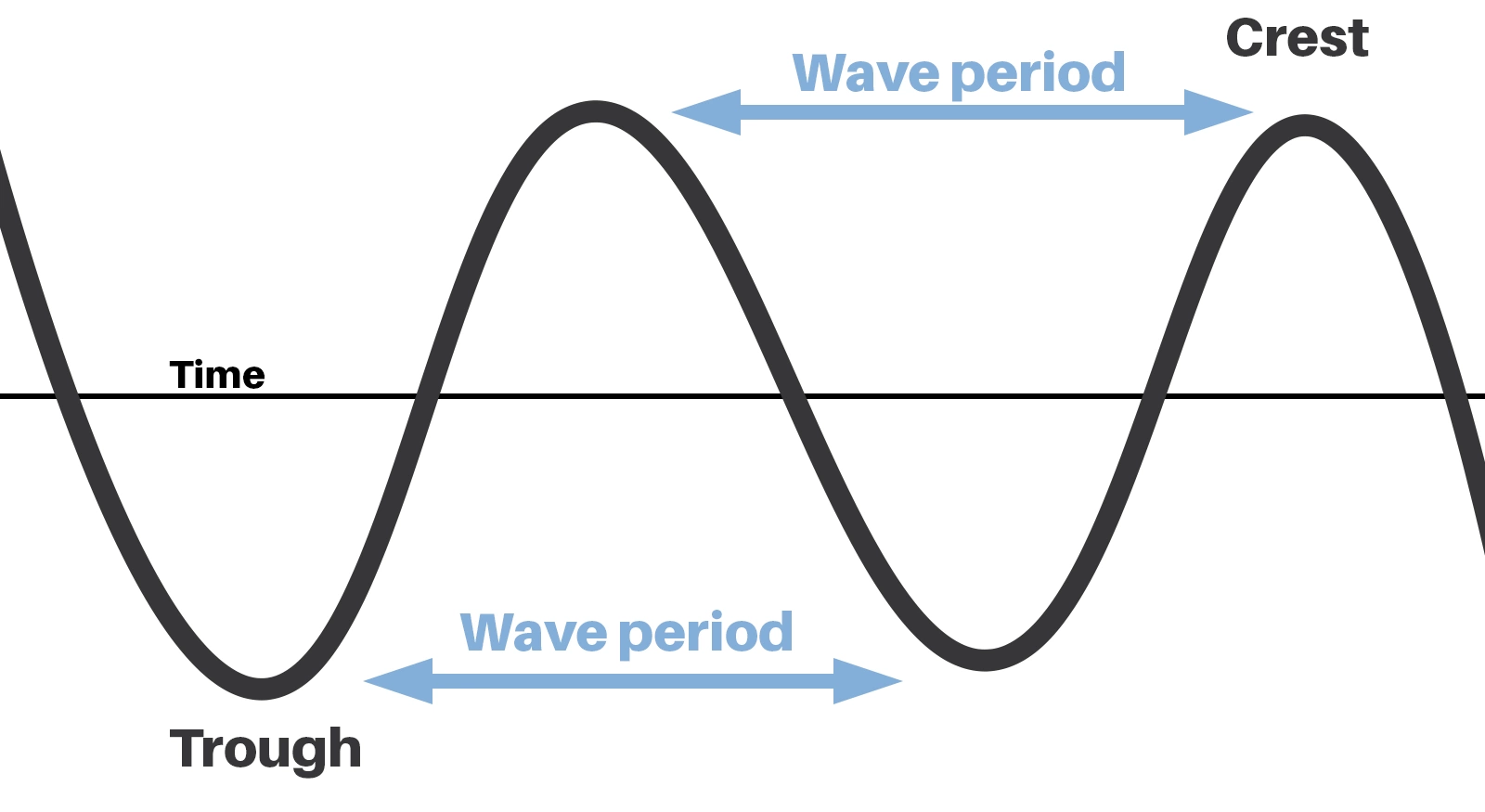
So, in the lineup, a longer wave period would simply mean more time between each wave than a shorter wave period swell. If you stopped here, you would think that a swell with a short-wave period would be better for surfing than a swell with a longer wave period because you will have a bigger number of waves to surf. And you would be mostly wrong.
In fact, wave period plays an important role in the shape of ocean waves. Because the wave period also has a significant impact on their size and power. If the wind is blowing in a consistent direction for an extended period, it will generate long-period swells known as ground swells that travel great distances across the ocean. On the other hand, what surfers would call a wind swell would be waves created by a storm with changing wind directions not too far from the coast
As we learned, ground swells will have a lower wave frequency meaning waves crest will be separated by more time. Meaning that each wave will oscillate on a much larger scale so each of them will be much thicker and travel at a higher speed and therefore be packed with more energy.
Short wave period animation
Long wave period animation
They are what surfers are looking for when searching for good surf conditions. Contrary to short-period swells that would be less attractive for most surfers as waves would have less time to build up energy and momentum as it travels across the ocean making them slimmer and slower.
Because when the wave finally meets your surf spot it breaks and discharges its energy and attributes. Therefore, a Ground swell with a long wave period would provide a bigger, larger, and globally more powerful wave than a wave made by a wind swell. This is the reason why, when compared using buoy measurements and wave forecasting tools, long-period swells result in bigger wave faces and larger surfable areas compared to shorter-period swells of the same height. This is why, during long-period swells, spots located on a small beach can become oversaturated and break all at once causing closeouts due to limited space.
Is there anything we missed or anything you’d like to add? Do you have any questions?
Feel free to leave us a comment below.
If you need any surfing equipment, have a look at our performant and accessible Fins , Traction Pads, and Leashes, we deliver worldwide!

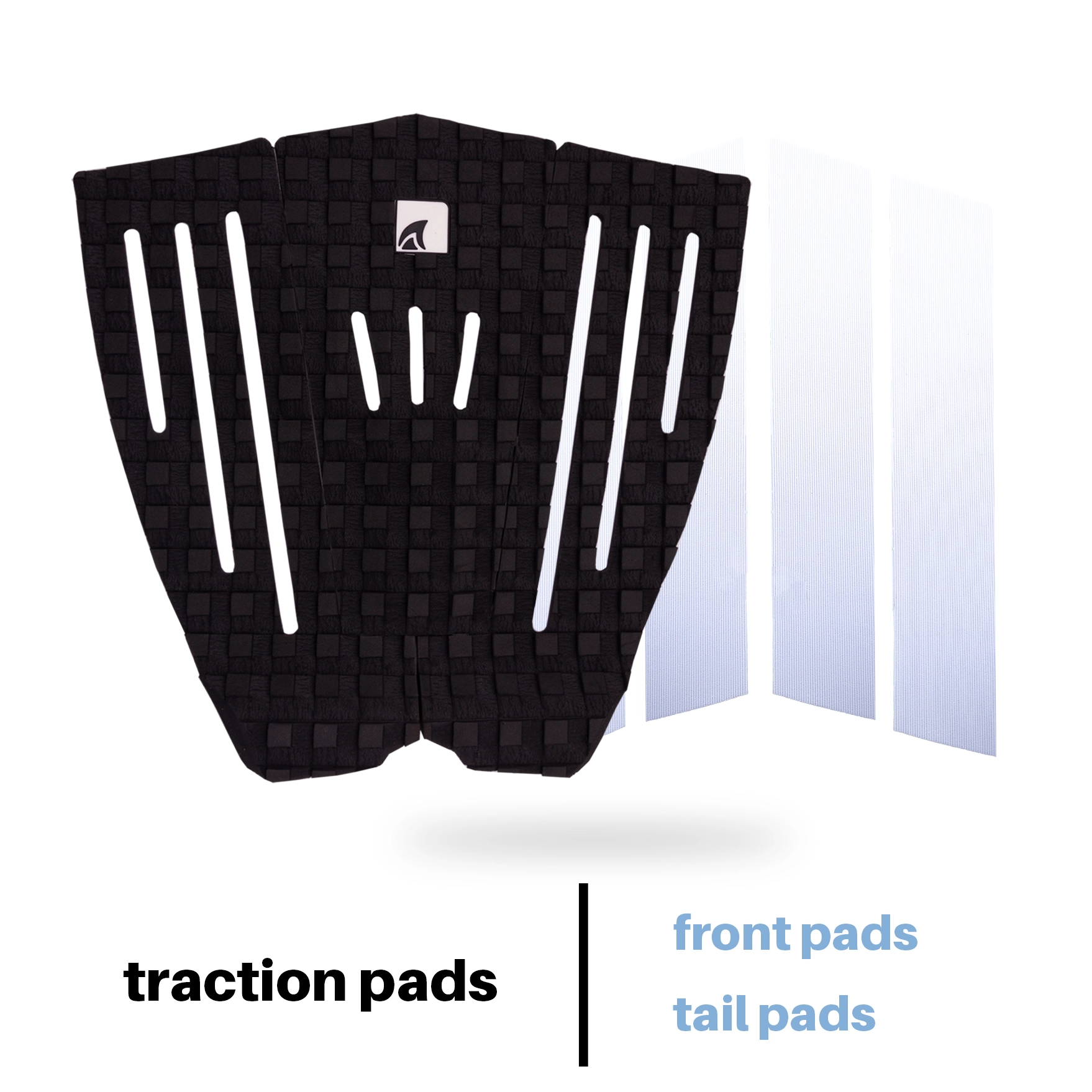


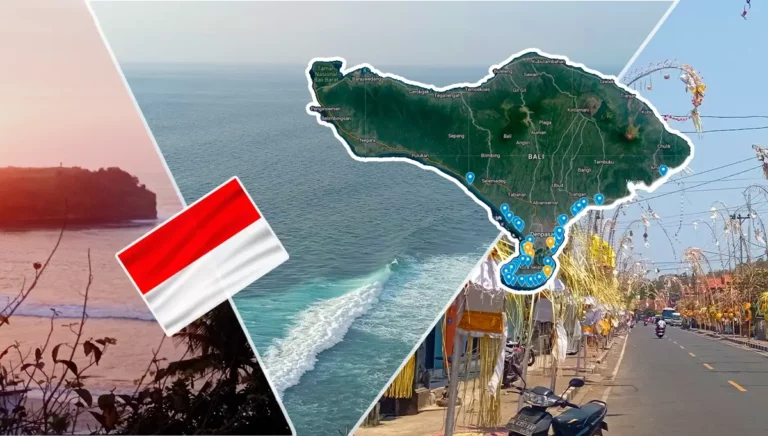
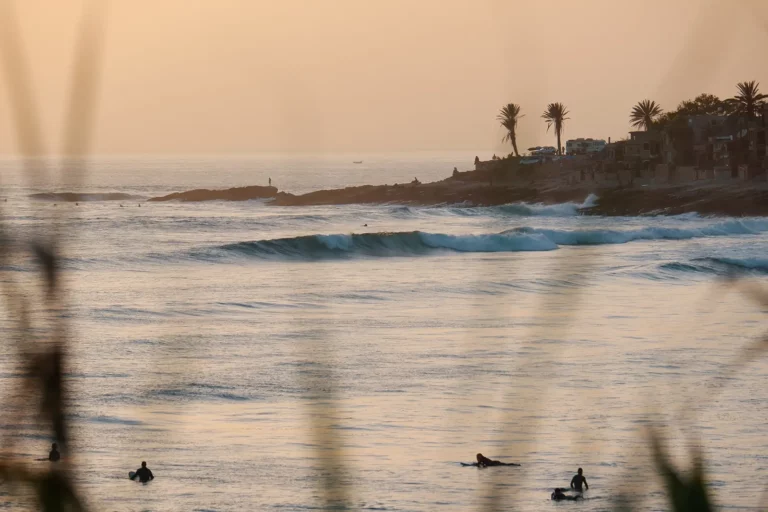
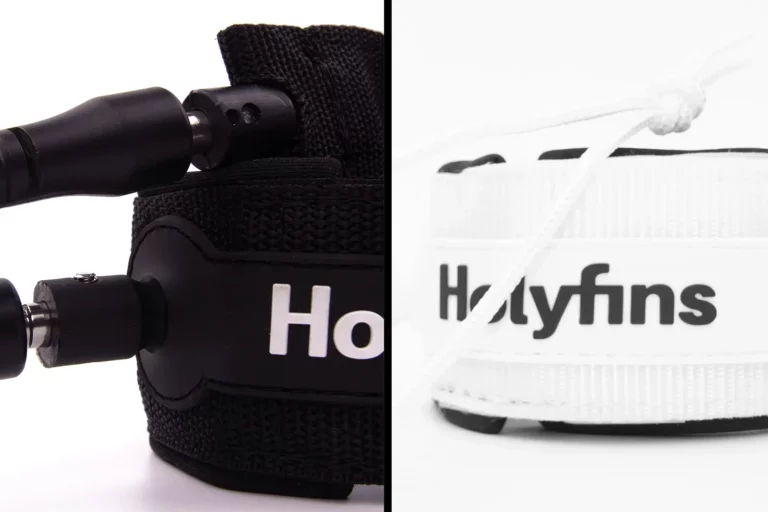
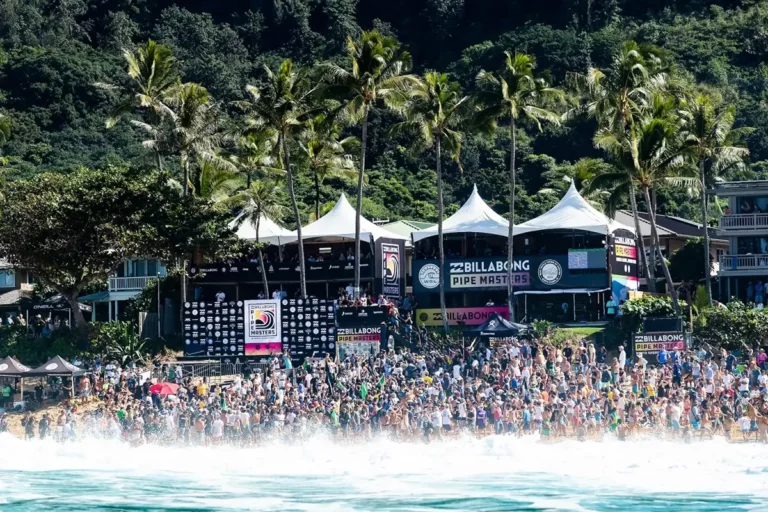

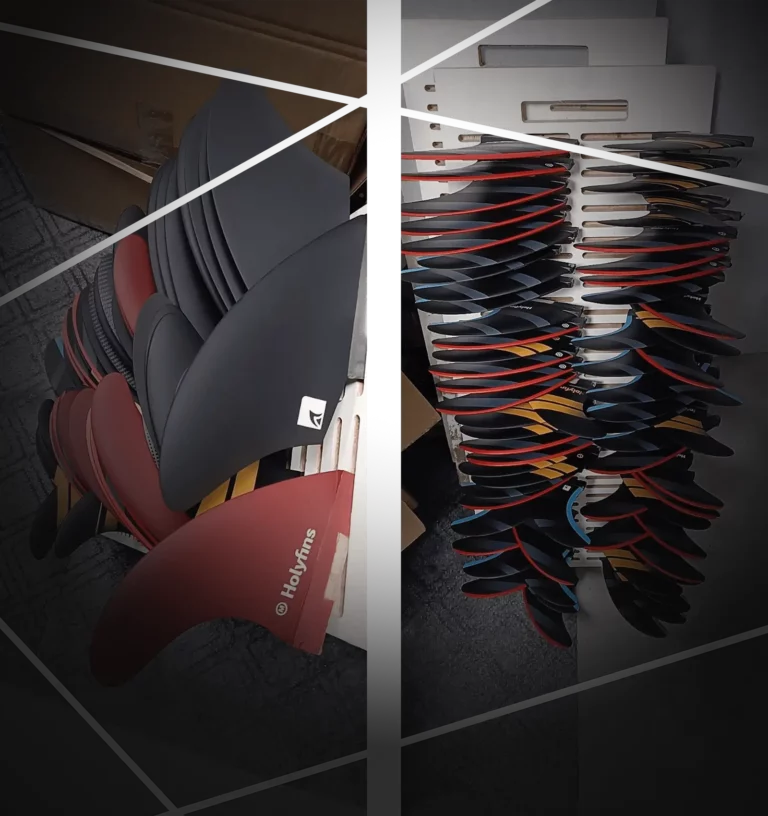
Leave a Reply